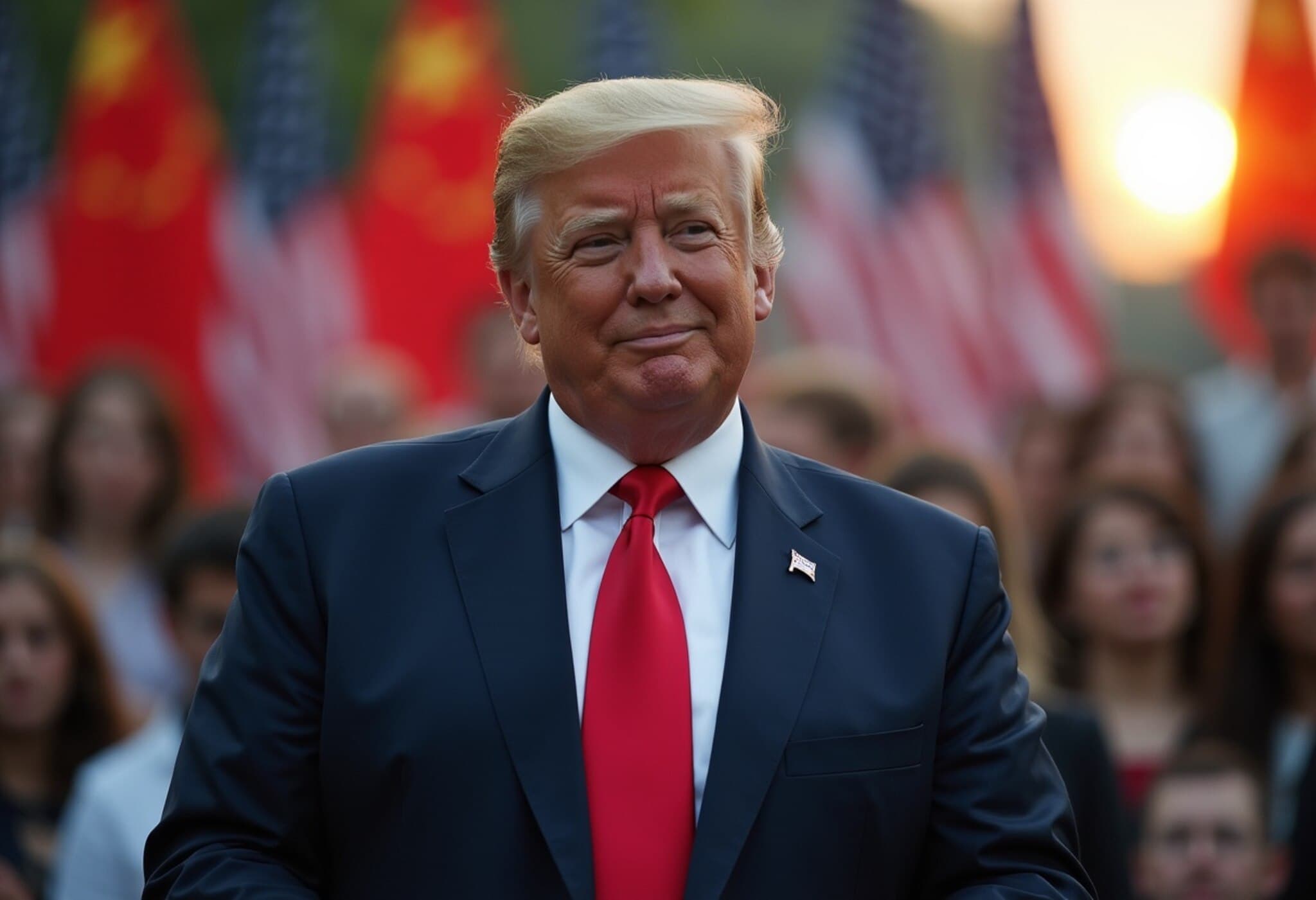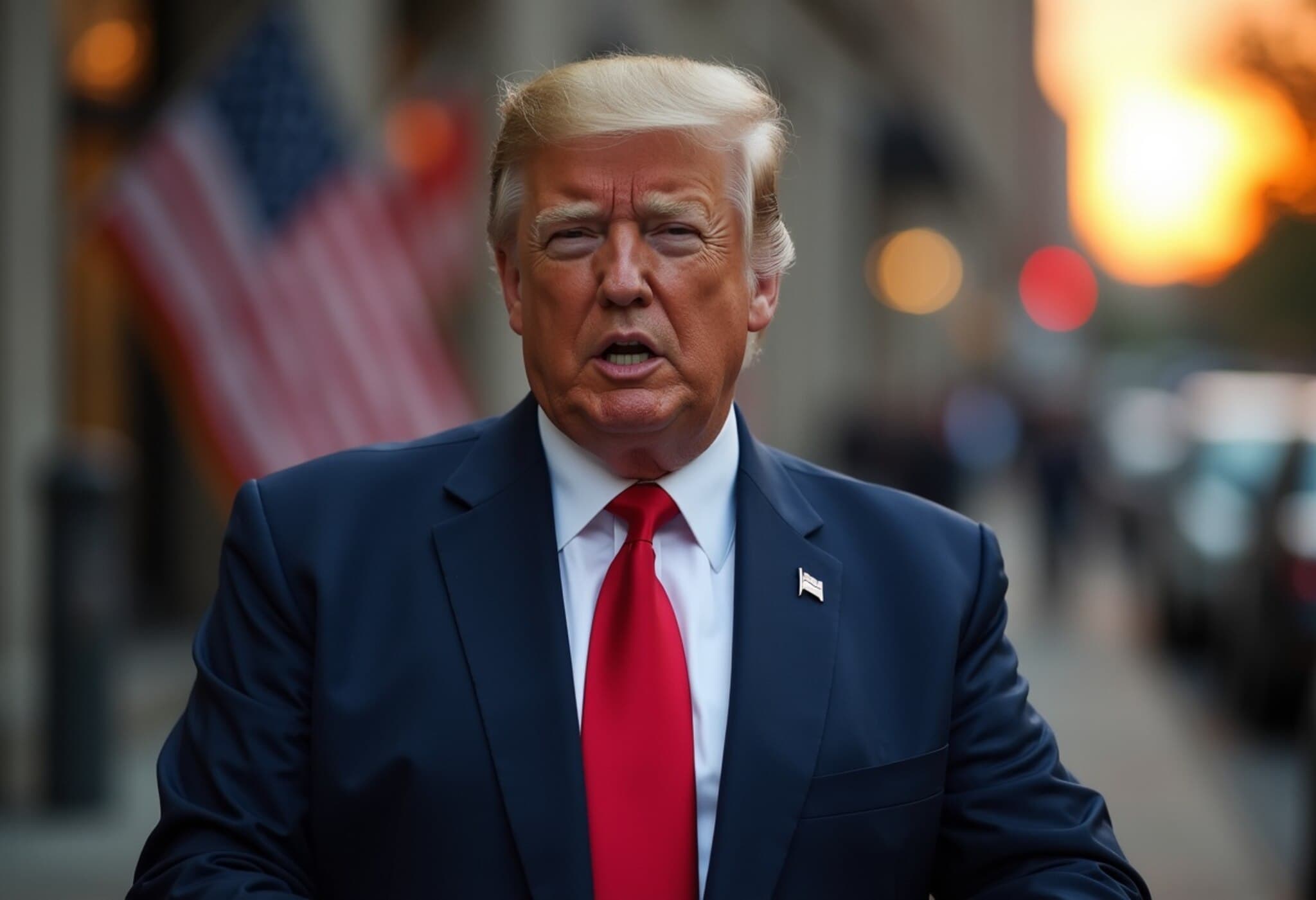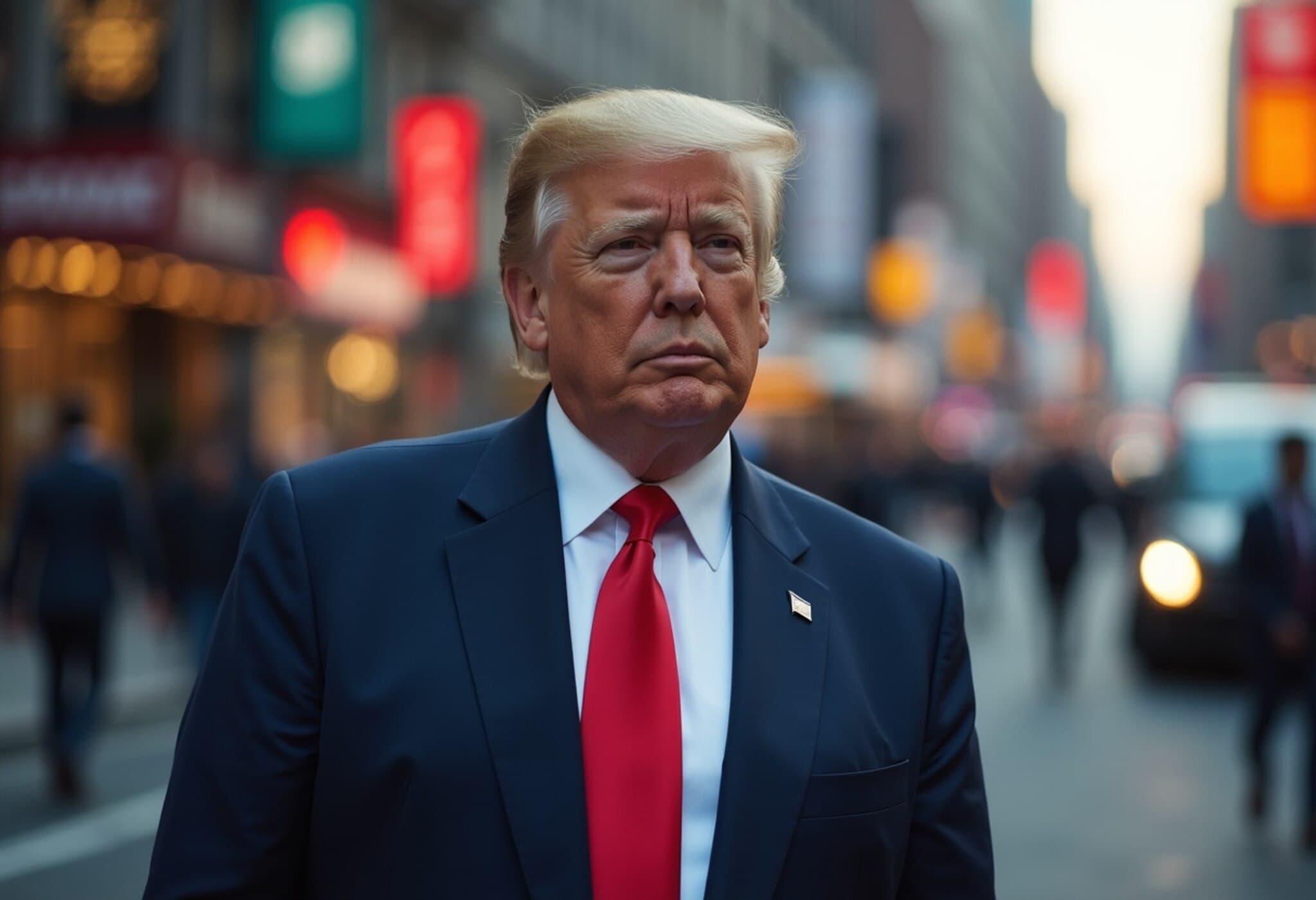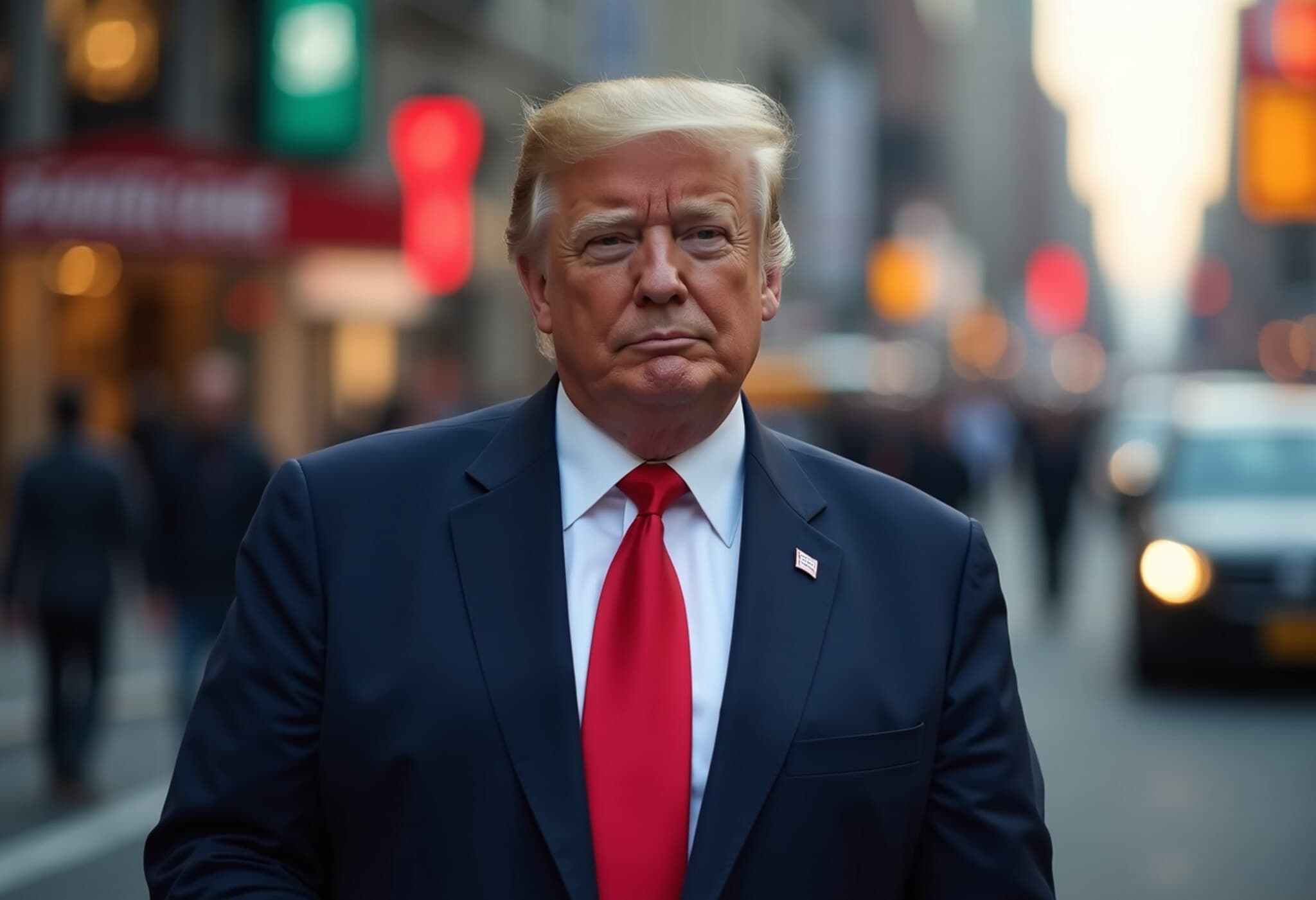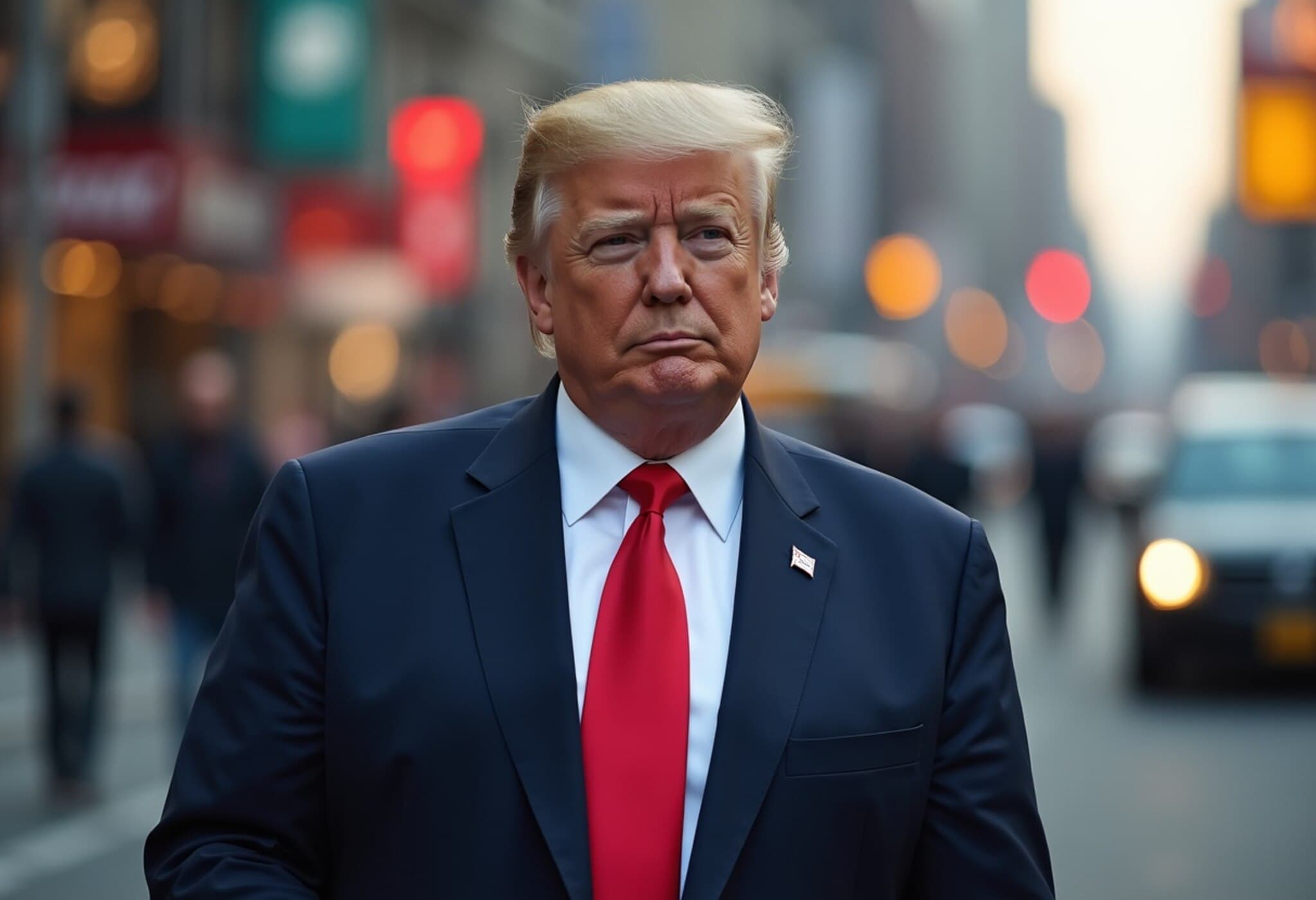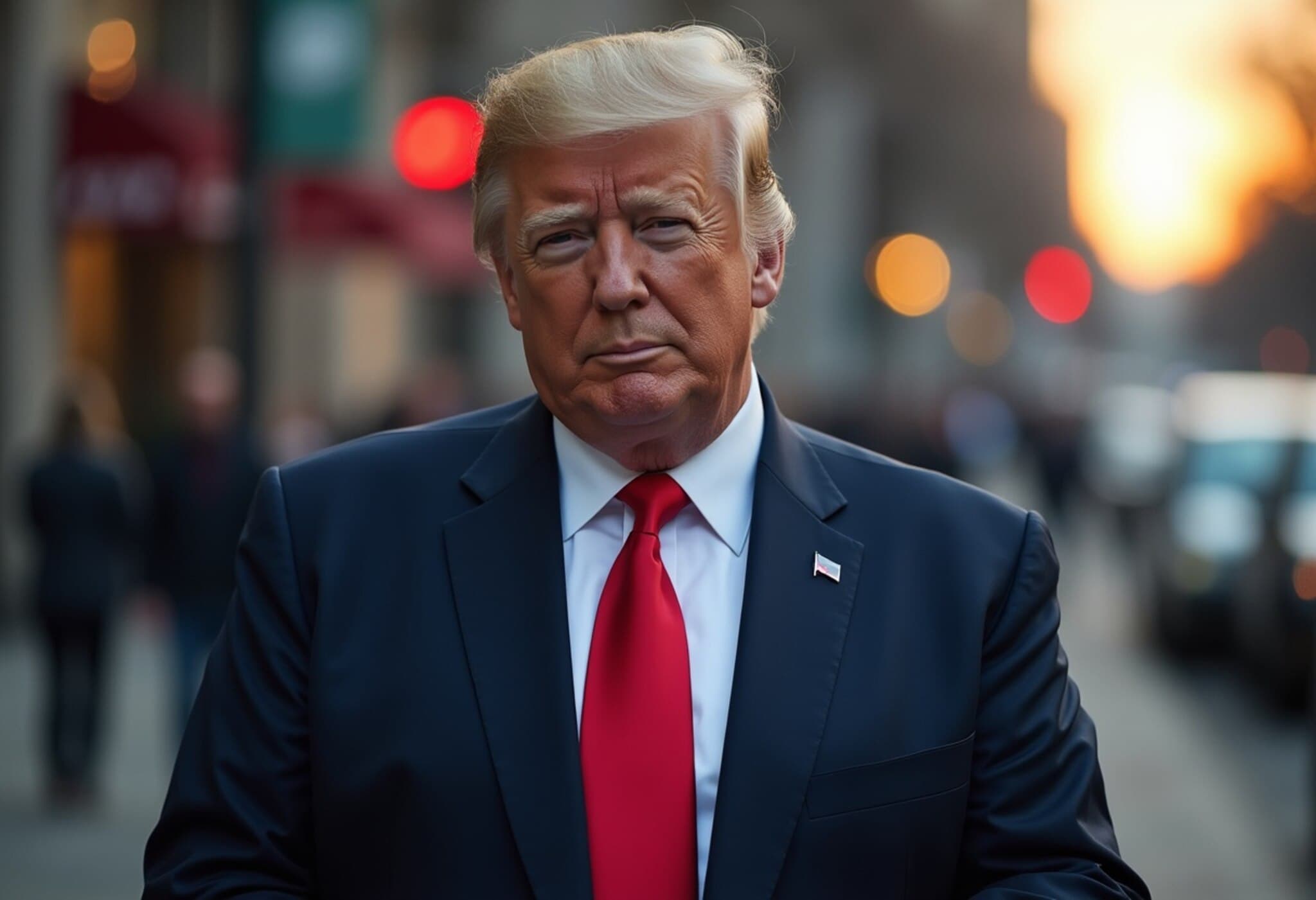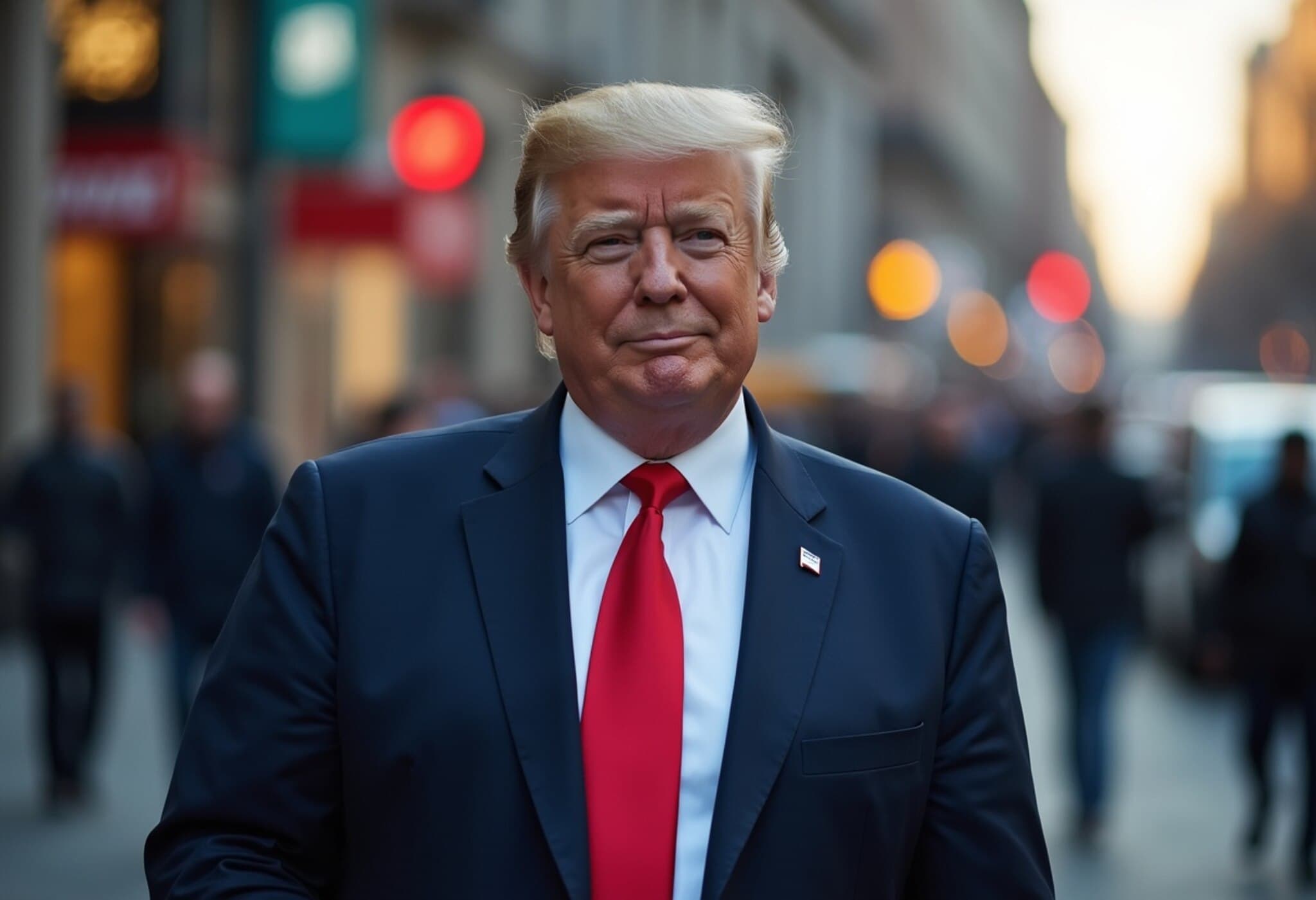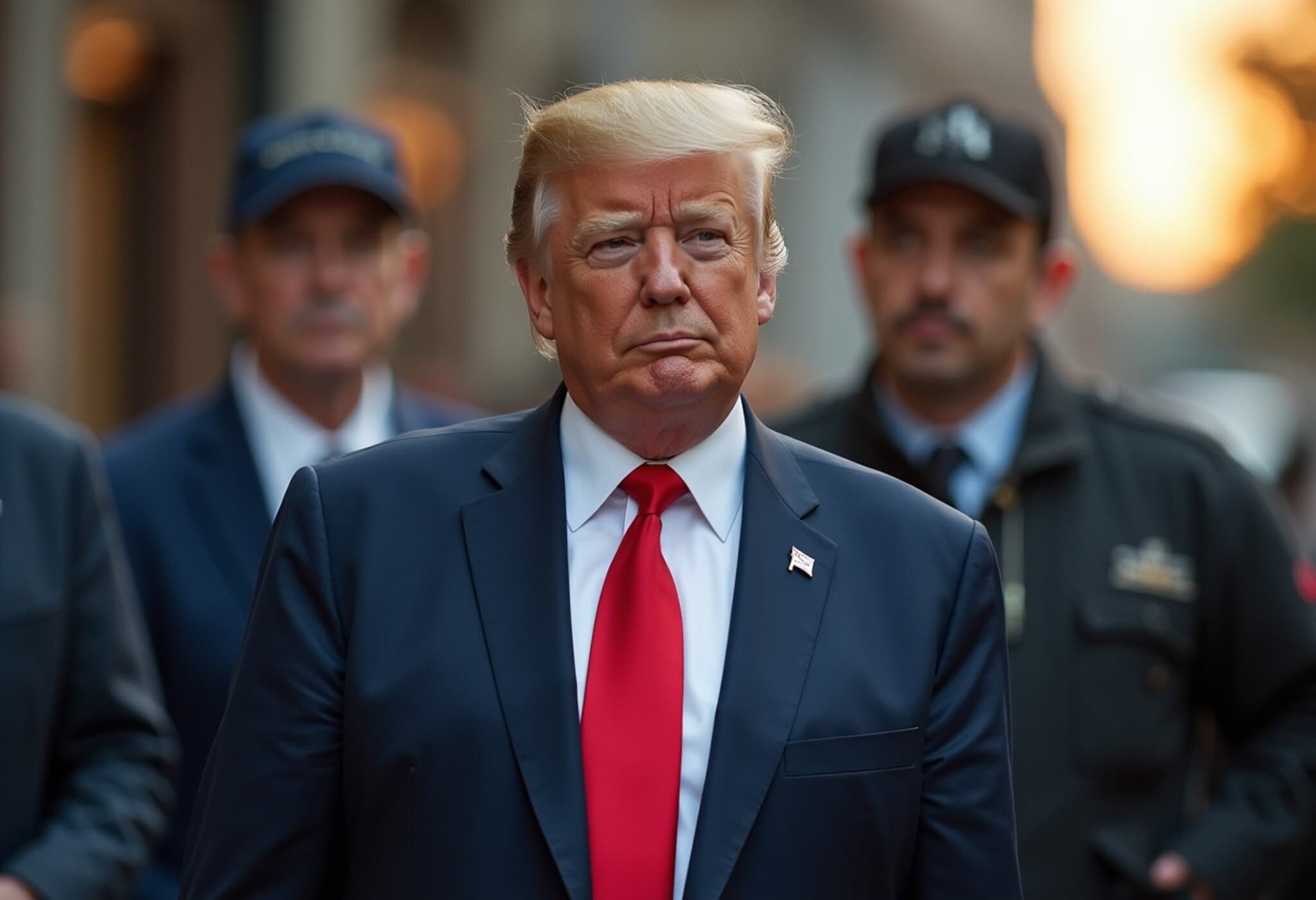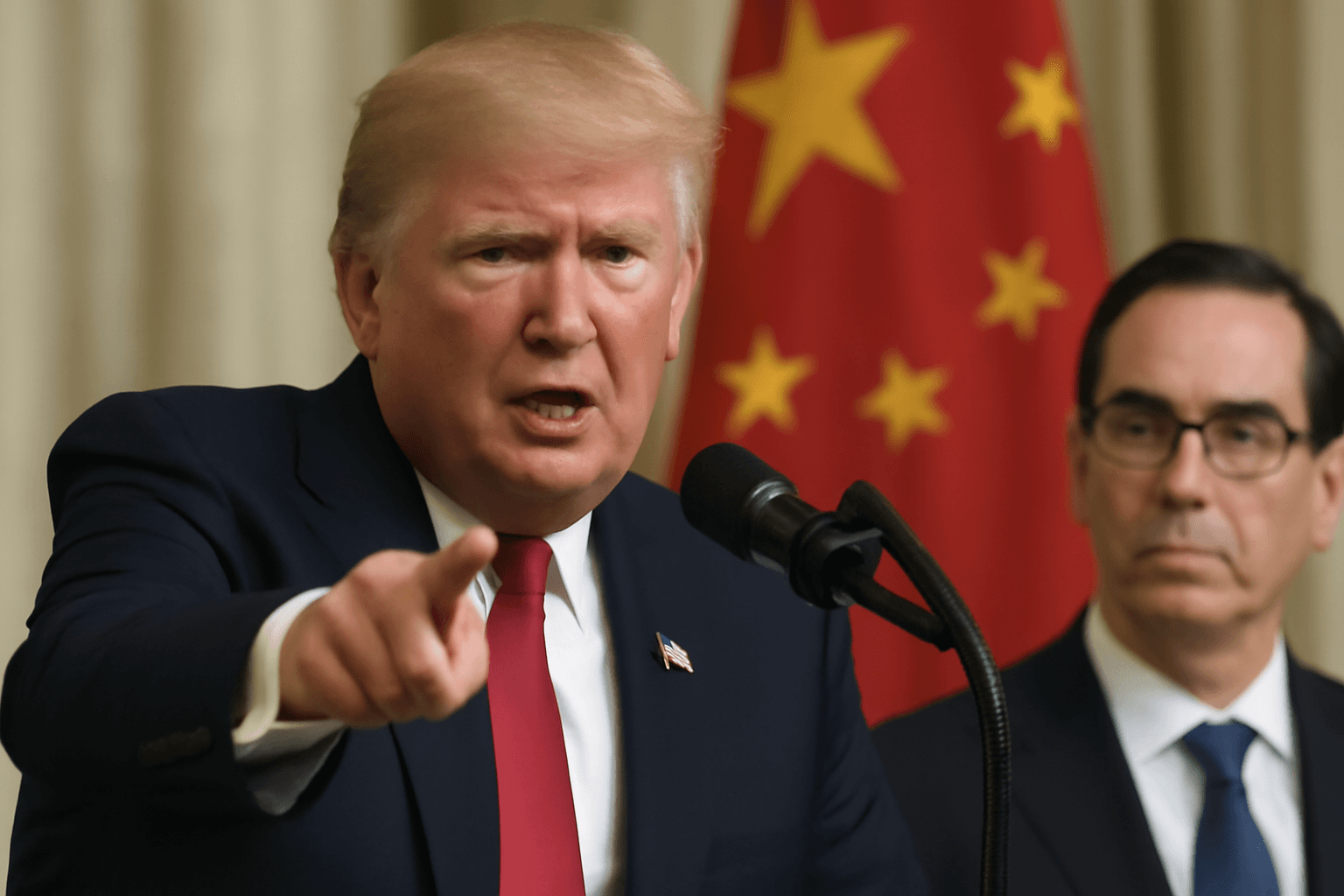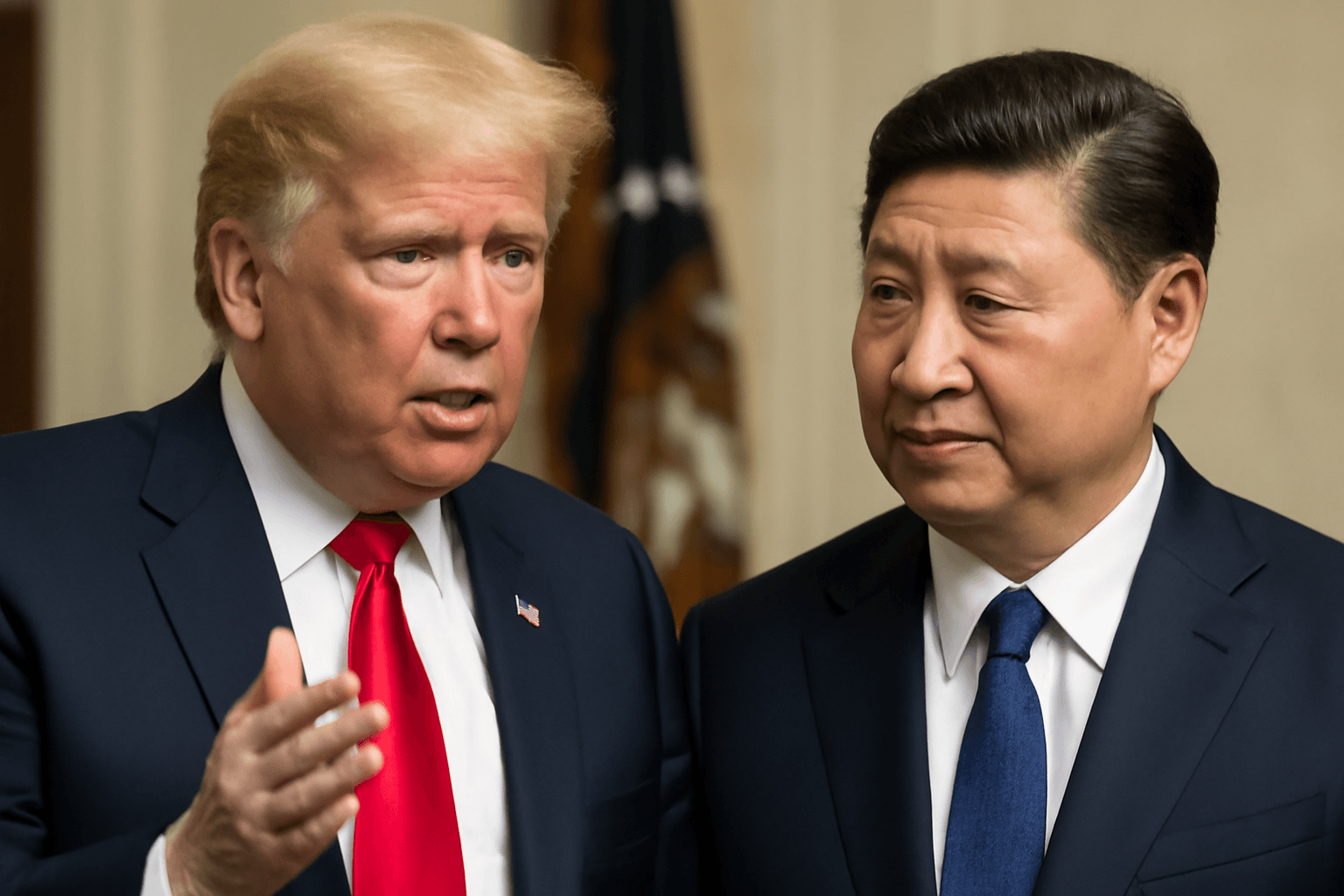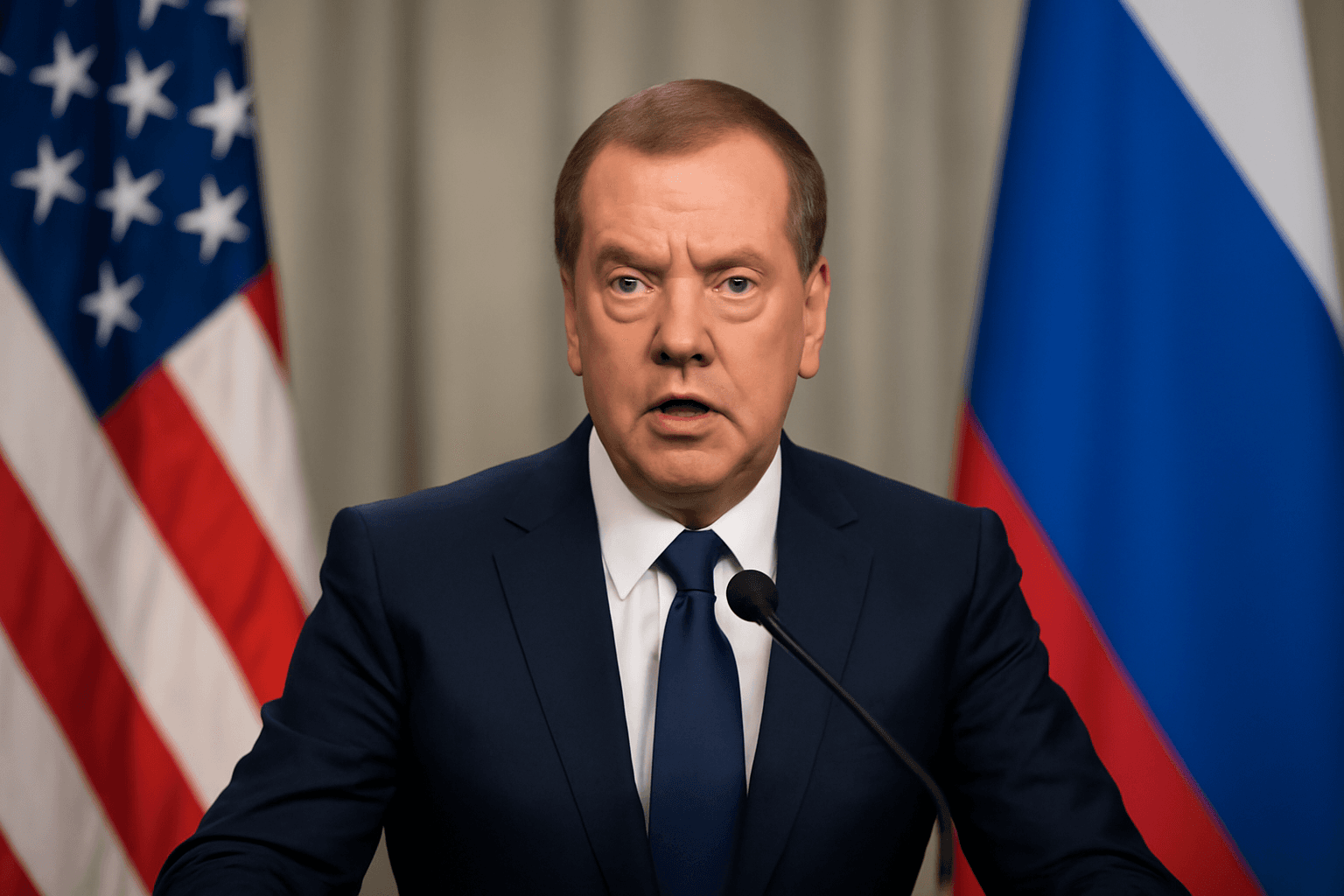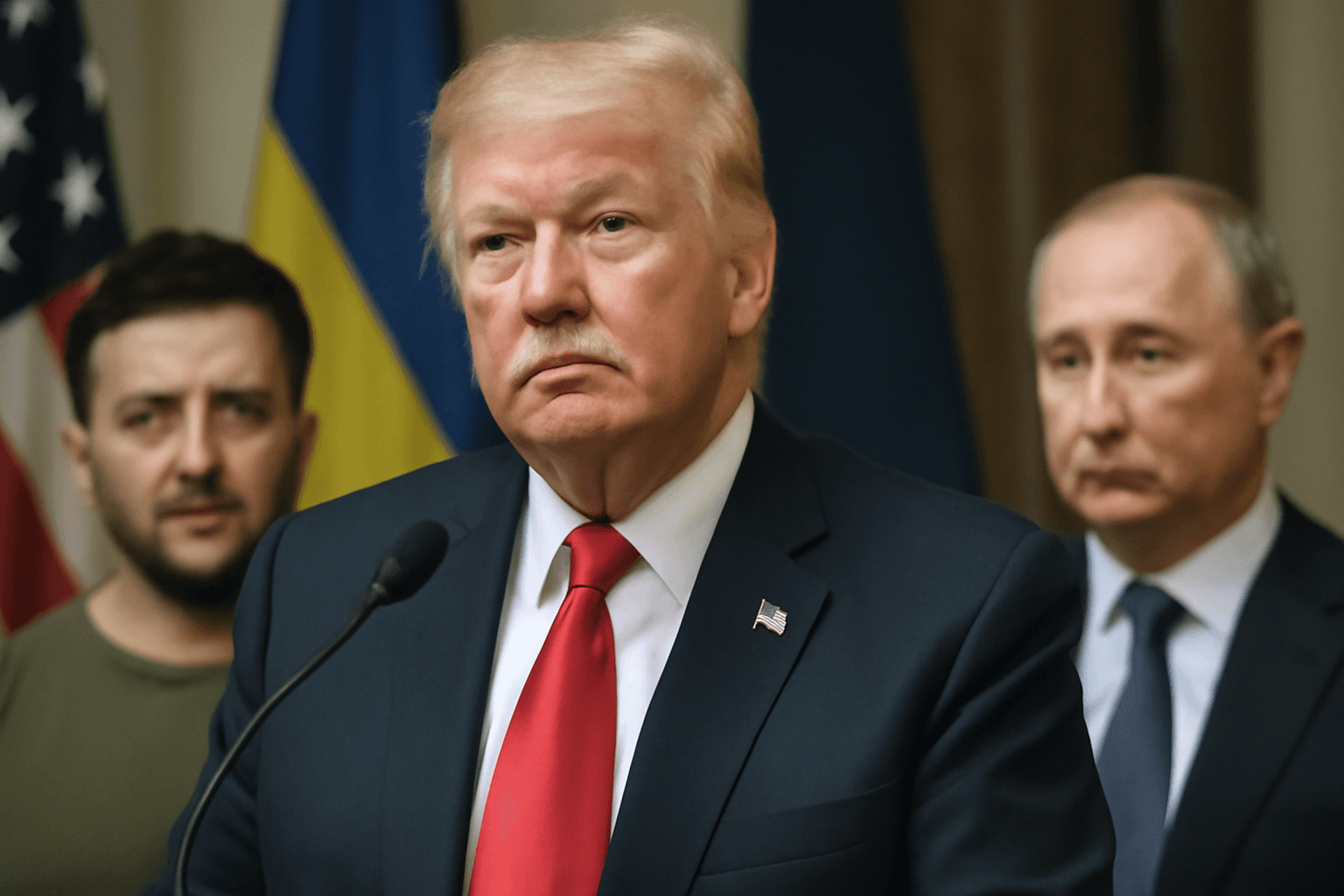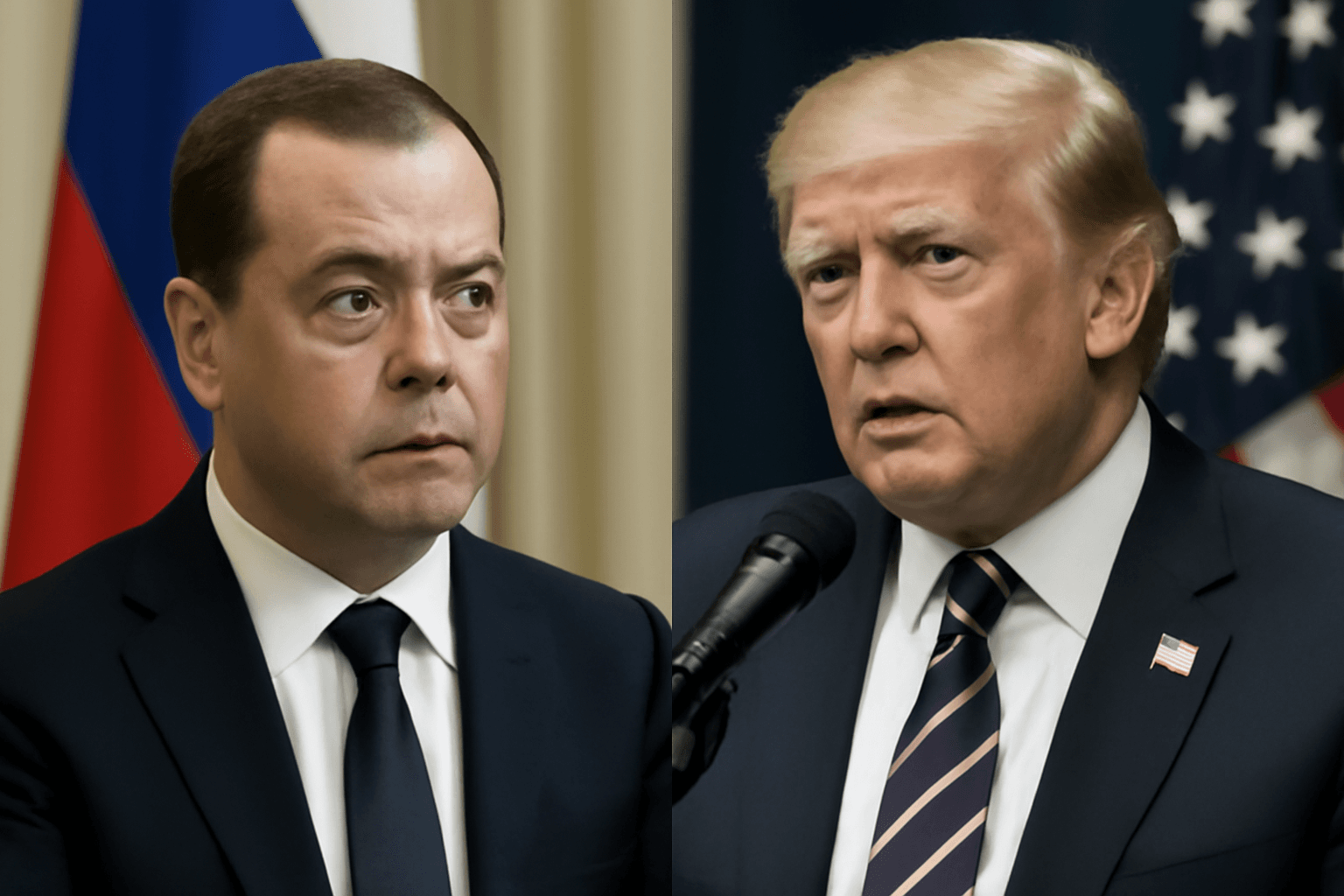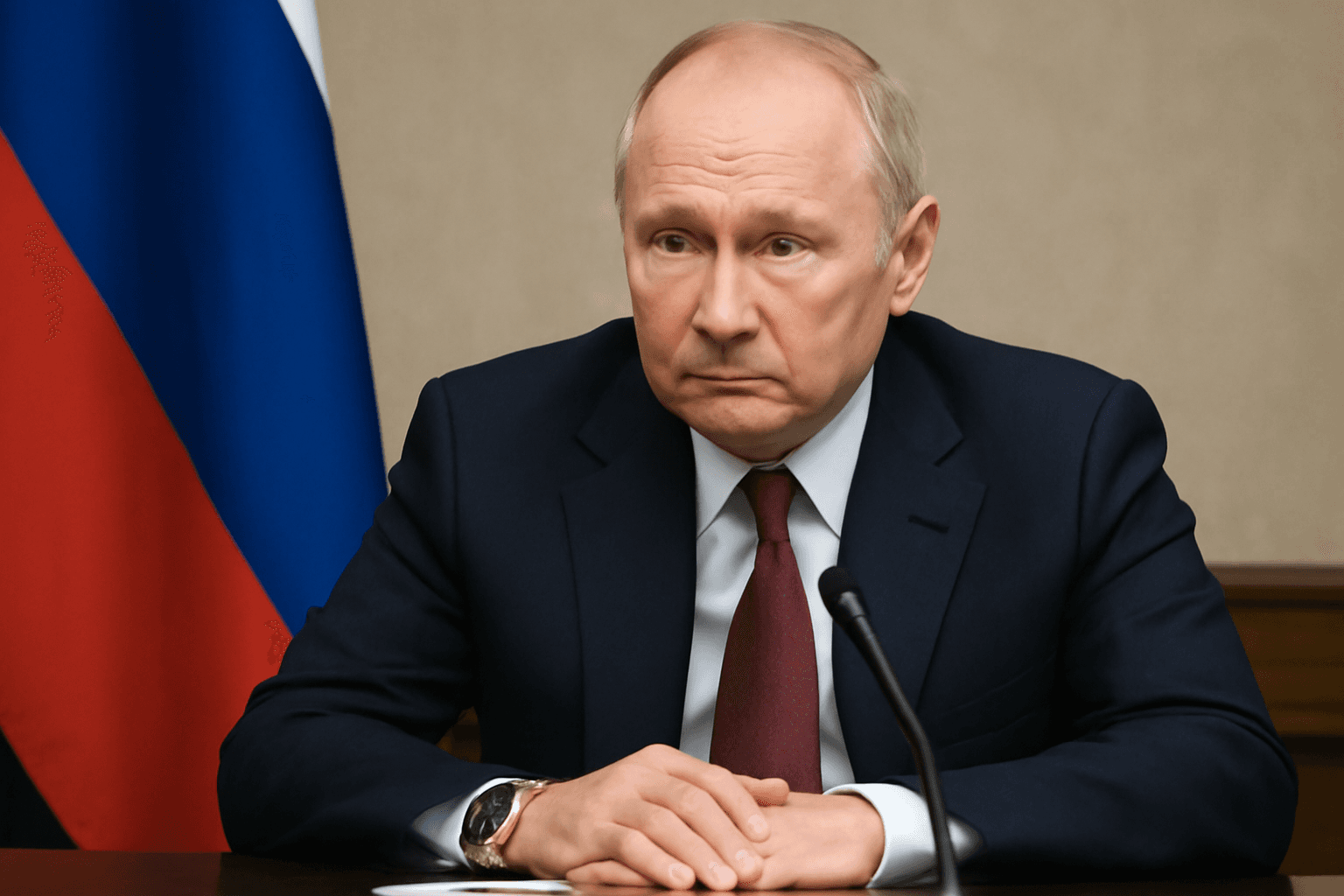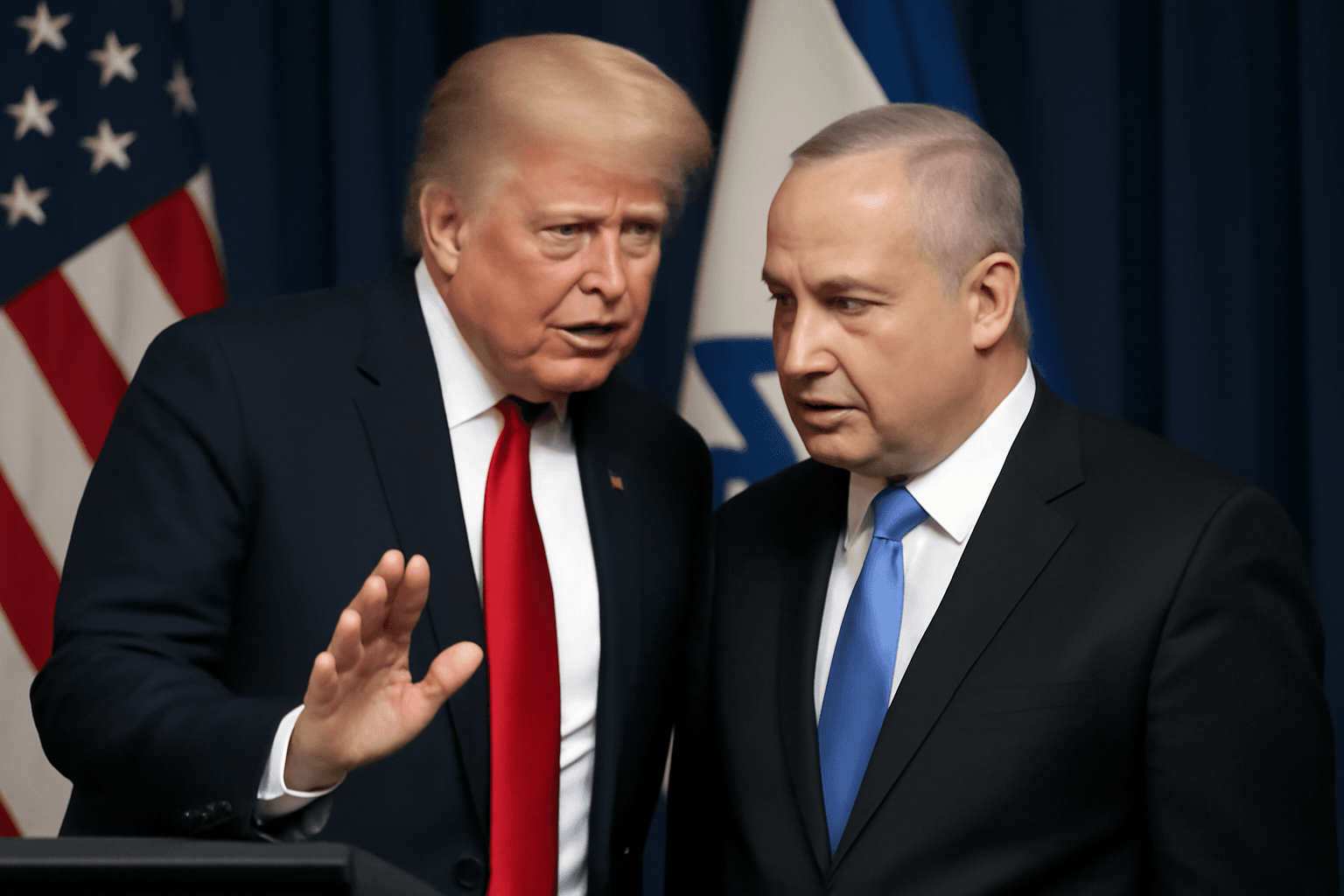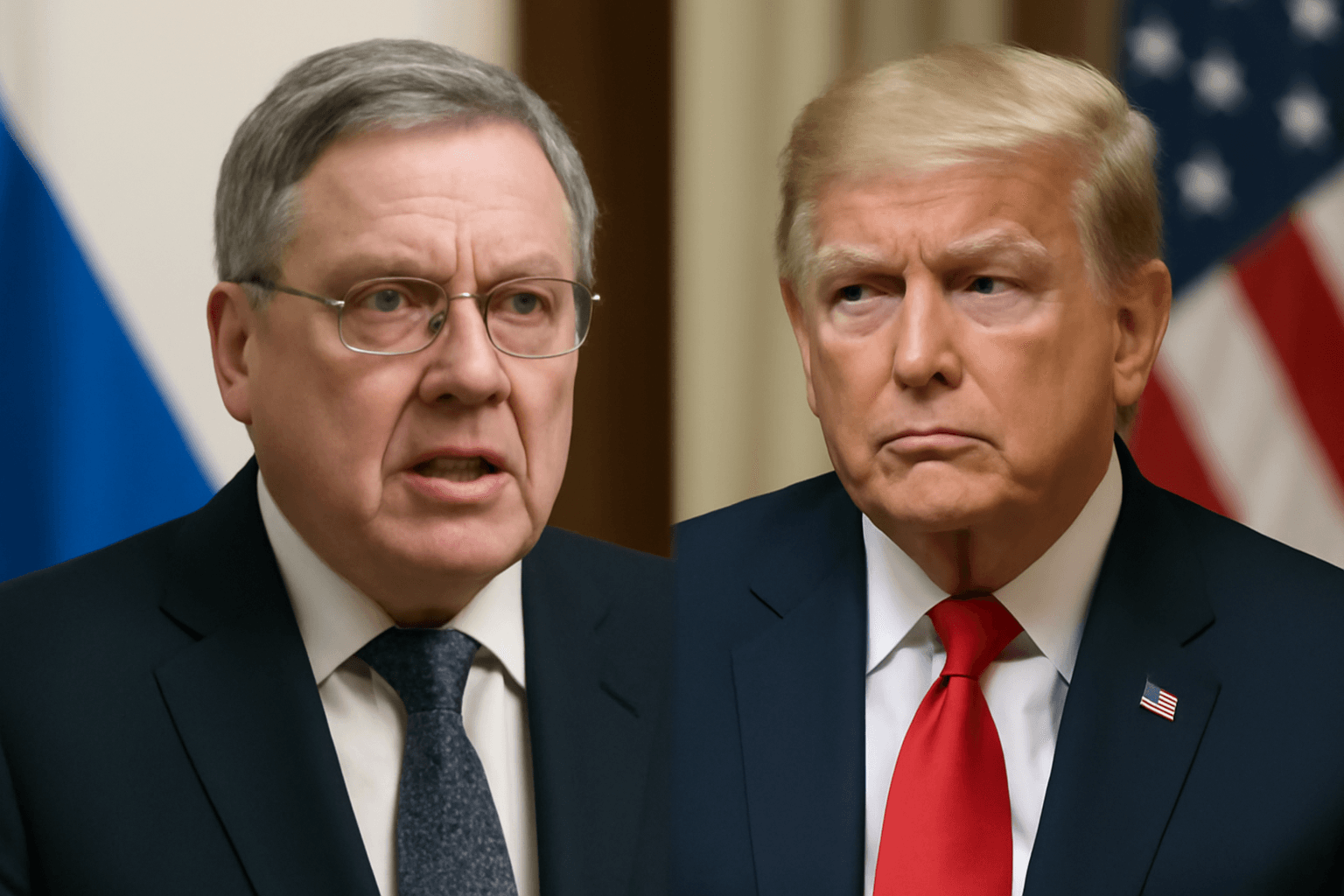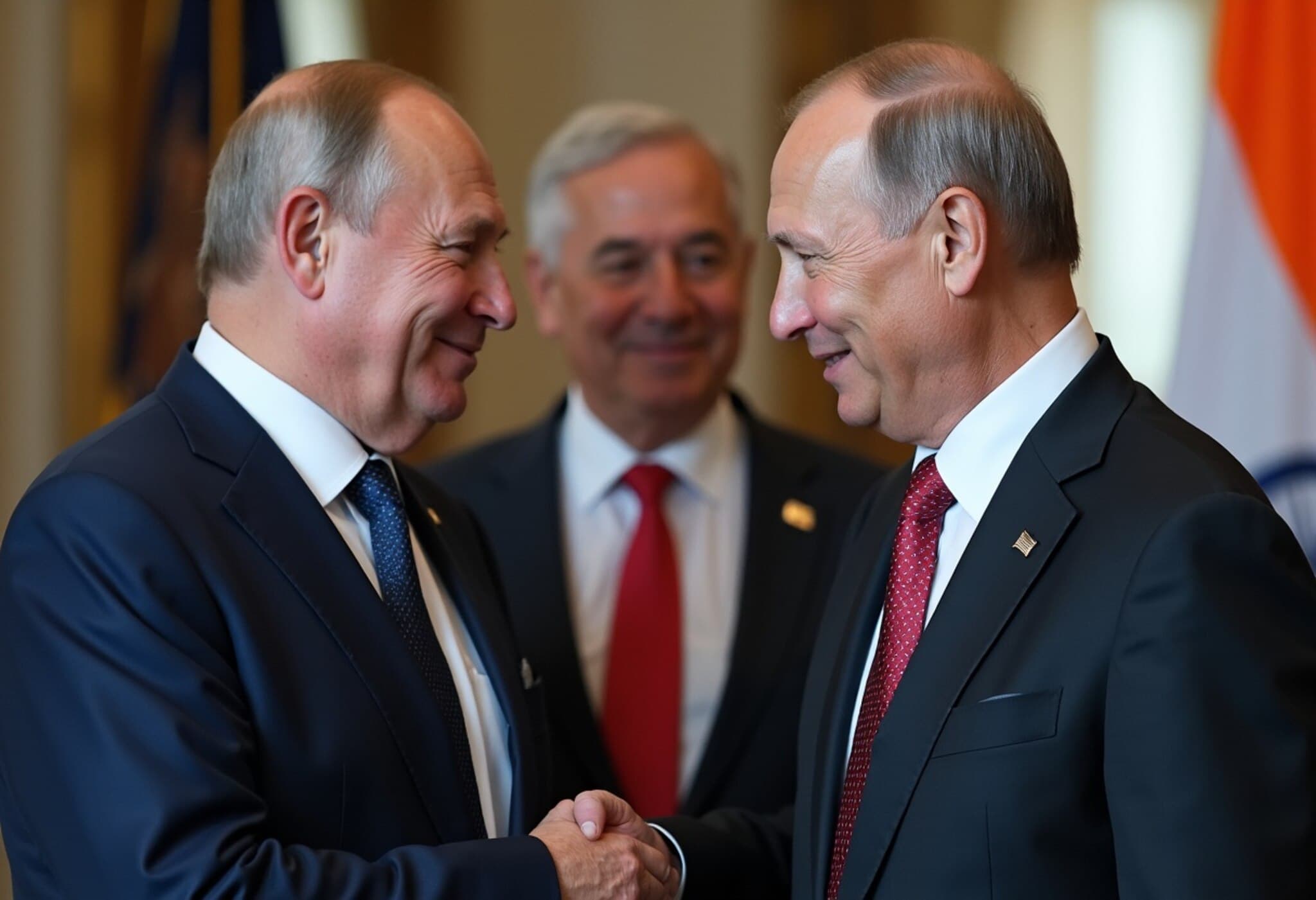Trump Delays Tariff Increase on Chinese Imports, Extending Trade Truce
In a pivotal move late on August 11, 2025, U.S. President Donald Trump signed an executive order to postpone raising tariffs on Chinese goods for another 90 days. This decision came mere hours before the expiration of a carefully negotiated tariff truce originally set to end on August 12. The extension effectively freezes heightened tariffs that could have surged to 145% on U.S. imports from China, while Beijing's retaliatory tariffs on American products would have climbed to approximately 125%.
Background of the Trade Dispute
The United States and China, commanding the world’s largest economies, have been engaged in an escalating trade conflict marked by reciprocal tariff hikes this year. Earlier in May, both sides called a temporary ceasefire during negotiations in Geneva, agreeing to suspend tariff increases for 90 days to create space for productive dialogue. However, follow-up talks in Stockholm in late July failed to extend the truce, initially casting doubt on the future of the trade détente.
Implications of the 90-Day Extension
By pushing the deadline back, the Trump administration is signaling a willingness to continue delicate negotiations with Beijing. U.S. Treasury Secretary Scott Bessent expressed optimism about progress, reflecting a cautious yet hopeful stance on reaching a longer-term trade agreement. The freeze also provides American businesses and consumers — who face risks from soaring costs — a vital reprieve amid economic uncertainty.
Moreover, President Trump’s recent social media appeal urging China to quadruple its purchase of American soybeans sheds light on strategic leverage in the trade talks. The agricultural sector, a key American economic pillar, has borne the brunt of the dispute, and increased soybean exports could help reduce the persistent U.S. trade deficit with China.
Expert Perspective: Navigating Complex Trade Waters
Trade analyst Dr. Helen Marshall of the Brookings Institution remarks, "This extension underscores mutual recognition of the enormous economic risks of a full-scale tariff escalation. It’s a chance to recalibrate strategies but also highlights the fragility of the U.S.-China relationship." She adds that while this is a positive step, the underlying issues — from intellectual property rights to technology transfers — remain deeply contentious and unresolved.
What Comes Next?
- The 90-day clock resets, providing time for renewed negotiations potentially aimed at a comprehensive trade agreement.
- Market participants should remain vigilant as uncertainty continues to shape global supply chains and commodity prices.
- Policymakers in both countries face increasing domestic pressure to produce tangible outcomes that protect national economic interests without derailing growth.
Editor’s Note
As Washington and Beijing navigate this mercurial trade relationship, this extension could either pave the way toward a balanced economic partnership or merely postpone an inevitable clash. For American consumers, farmers, and businesses, the stakes could not be higher. Observers should watch closely how negotiations incorporate broader strategic concerns and whether new mechanisms for dispute resolution are introduced. Ultimately, this episode serves as a reminder that global economic interdependence demands both pragmatism and finesse from world leaders.

